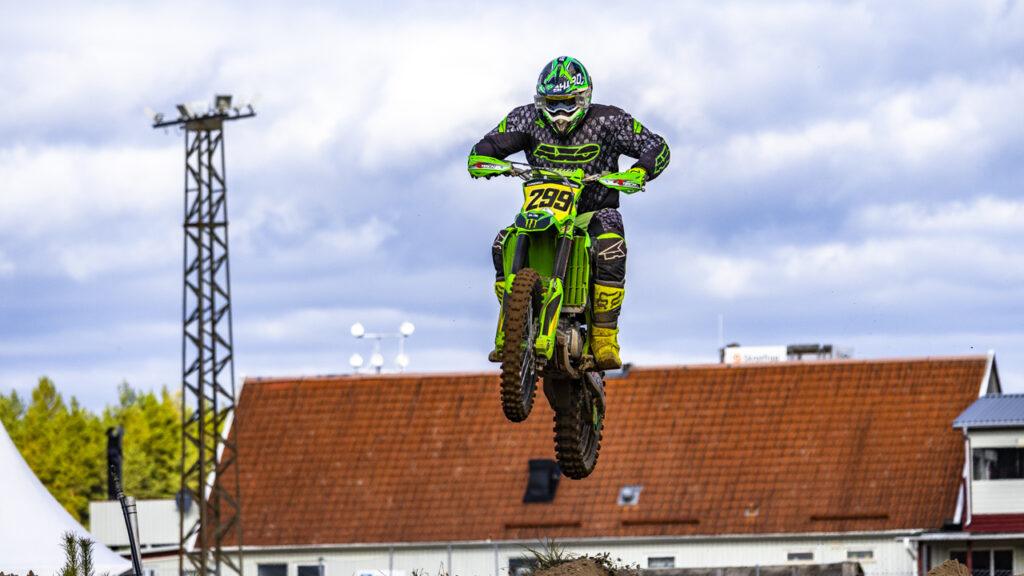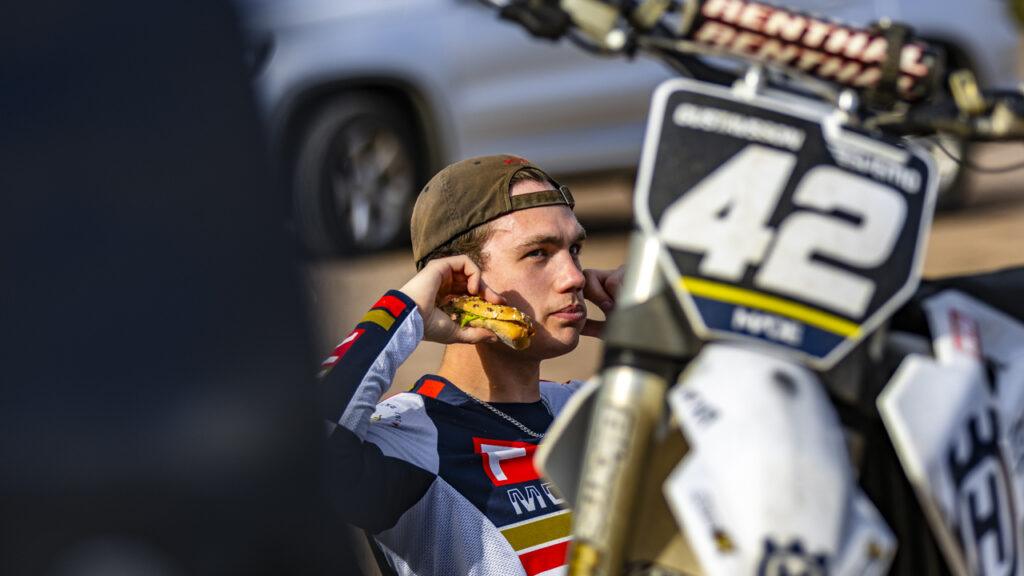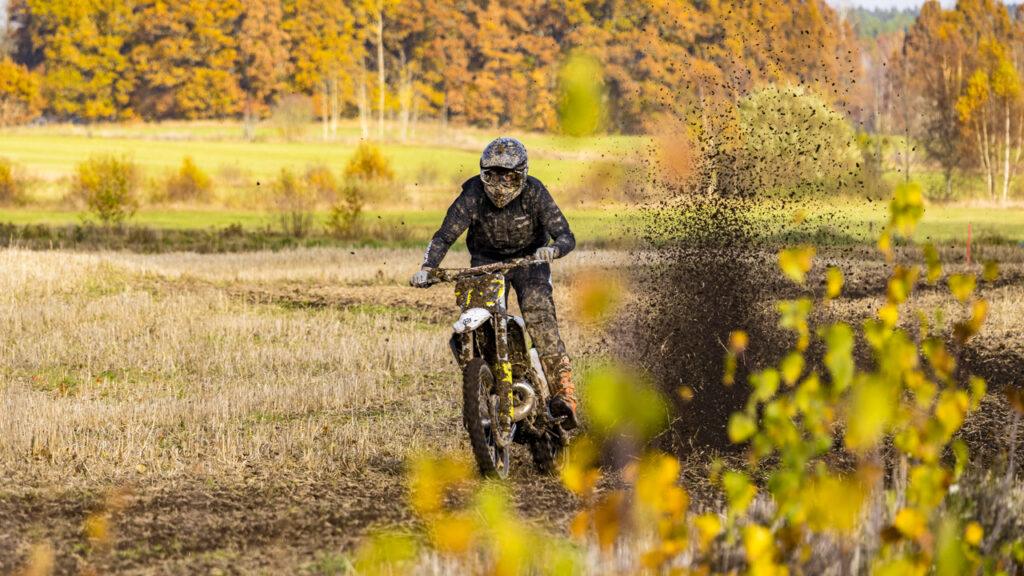Start with Sports Photography: A Comprehensive Guide for Aspiring Photographers
Welcome to the thrilling world of sports photography, a vibrant field that combines the energy of athletic contests with the artistry of photography. If you’re an aspiring photographer with a passion for sports, you’re in for a treat! Sports photography captures breathtaking moments, from the exhilarating high-fives after a goal to the sheer determination displayed during a critical competition. This guide is designed to equip you with the tools, techniques, and insights needed to embark on this exciting journey.
Sports photography is not just about snapping pictures; it’s about storytelling. It documents events, highlights emotions, and promotes the athletes and the sports they represent. Whether you want to shoot for local teams or aim for the big leagues, understanding the nuances of this art form will set you on the right path. Let’s dive into what makes sports photography unique, explore essential gear, learn techniques, and navigate the world that comes with it.
Understanding Sports Photography
Definition
So, what exactly is sports photography? At its core, it’s a specialized field that focuses on capturing the intensity, emotion, and action of sports activities. Unlike almost all other forms of photography, sports photography demands quick reflexes, a deep understanding of the sport, and the technical ability to seize fleeting moments as they appear.
What makes sports photography unique is that it’s not only about taking pictures; it’s about encapsulating the essence of movement and emotion. It’s about giving viewers a front-row seat to the action, allowing them to experience the excitement as if they were right there on the track, stadium, or field.
Capturing the Thrill: The Allure of Sports Photography
Why do we find ourselves drawn to capturing sports through a camera lens? For many, it’s the passion for both sports and photography that fuels this interest. Imagine this: cheers from the crowd, adrenaline rush from an unexpected pass, a high jump from a rider, a tough overtake in a difficult part of the track. As photographers, we have the power to freeze these moments in time and share them with others.

Consider the last time you saw a captivating sports photo. Did it bring back any memories, excitement, curiosity, or inspiration? That’s the magic of sports photography – it captures stories of triumph, resilience, and passion. It’s an art form that transcends the frame and resonates with anyone who has ever cheered for their favorite team.
Equipment and Gear
Cameras and Lenses
Finding the best camera for sports photography, and the best lens is the key to entering the exciting world of sports photography. Here are some simple ones to keep in mind.
– Camera Types: While both DSLR and mirrorless cameras have their advantages, many aspiring sports photographers lean towards mirrorless cameras for their fast and accurate autofocus capabilities, they are also fast.
– Essential Lenses: The type of lens you choose greatly affects your shooting experience. For shooting sports, consider:
– Zoom Lenses: A fast telephoto zoom lens (like a 70-200mm) can capture distant action without needing to switch lenses constantly.
– Prime Lenses: These offer exceptional speed and quality but lack zoom flexibility. A fast 50mm or 85mm can work wonders for portrait shots of athletes.
– Wide-Angle Lenses: Depending on the sport, a wide-angle lens can provide dramatic shots, especially in confined spaces.
Tripods and Stabilizers
Stability is paramount in action photography. While fast shutter speeds can freeze action, having a solid tripod or stabilizer helps ensure your images are sharp.
– Tripods: Look for lightweight yet sturdy tripods. Brands like Manfrotto and Gitzo are well-regarded in the industry. I myself don’t use tripods when I shoot sports, but it can be a good aid.
Lighting Setups
Lighting can either make or break your sports photos. Familiarize yourself with the best light conditions for different settings:
– Outdoor Sports: Natural light can be your best friend, but consider the golden hour for softer, more flattering light. Shooting on cloudy days can also yield great results as the light is less harsh.
– Indoor Sports: Artificial lighting can be challenging, where fast lenses (with lower f-stop numbers) and high ISO settings will be essential. Understand the environment and settings to maximize your shots. In these situations, a camera with good high ISO capabilities is almost necessary.
Techniques and Tips
Action Photography
Capturing high-energy action scenes is essential to sports photography. It is one of the challenges and can be difficult to learn. Here’s how to do it:
– Shutter Speed: Understanding shutter speed is crucial. A fast shutter speed (1/2000 sec or faster) can freeze action, while a slower shutter speed can create dynamic motion blur. Practice experimenting to see what works best for the sport you’re shooting.
– Panning Techniques: To capture motion while keeping the subject sharp, try panning your camera along with the action. Following the athlete’s movement can result in impressive shots that feature a blurred background, emphasizing speed. This is a technique that makes it possible to capture really creative and captivating images.
Portrait Photography
Don’t forget about the athletes! Portraits tell stories just as powerfully as action shots. A face full of disappointment, or filled with joy can bring a story to life.

– Techniques for Portraiture: Use natural light wherever possible, and focus on the athlete’s expressions, usually the eyes. Position yourself at their eye level to create a deeper connection in the photograph. You can also take the photo from below to make the athlete appear more heroic, depending on the situation.
– Using Natural Light Creatively: Utilize shadows and highlights to add depth to your portraits. Experimenting with backlighting can create dramatic silhouettes, especially during golden hour. I rarely or never use car lights when shooting sports.
Capturing Emotions and Moments
The heart of sports photography lies in capturing emotion, or fast-paced action can tell the most compelling stories.
– Strategies for Candid Photography: Always be observant. Anticipate when crucial moments will occur – this requires knowing the game. Build a relationship with the athletes, make them comfortable in front of the lens. Learn what will happen in the next few seconds, you do this by learning the sport.
– Importance of Anticipation and Timing: With sports, timing is everything. Consider the rhythm of the game – practice tracking your objects and learn to anticipate when a critical moment is about to occur.
Types of Sports Photography
Sports photography can vary greatly depending on the type of sport you are shooting. As I almost exclusively shoot motocross at the moment, in any case, I will give tips within that.
– Motocross: Motocross tracks that are outdoors are pretty easy to get good exposures on. The light does not change much and it is natural light. Get to know the course, try to understand where there will be a lot of action, long or high jumps, sharp turns.
A good technique to get a good angle and perspective on the picture is to shoot at eye level or lower, this makes it more action-packed. Look for places where you can get down close to the ground and use long zoom lenses to get closer. Have the right settings on the camera before you take the picture, as I wrote before relatively easy outdoors.
Building Your Portfolio
Creating a Portfolio Website
Creating an online portfolio is essential to showcasing your work. It’s not enough just to have Instagram, Facebook, or Pinterest, you need a website where you can showcase your photos. Social media is great for spreading the word about your photos.
– Best Platforms: Consider using user-friendly platforms like Wix or WordPress to display your images. These platforms offer customizable templates to make your website visually appealing. WordPress is also very easy to get started with, and there are countless plugins.
– Important Pages to Include: Make sure you have an “About” page where you can make a short introduction about yourself, a “Contact” page for inquiries and a “gallery” of your best photographs. I have chosen another way which you have probably seen while reading this. I post lots of pictures for people to download. This means that I get a lot of traffic to the site.
Business and Marketing
Licensing Photos
Understanding the legal side of sports photography is essential to avoid legal issues in sports photography, in general, is critical when sharing or selling your work. You must familiarize yourself with the laws and regulations that apply, you should also make your own terms and conditions agreement. This is to protect your own interests, I will publish an article covering this topic in more detail.
– Navigating Copyright Laws: Familiarize yourself with copyright issues related to sports photography. Athletes have rights to their images, so always seek permission if necessary. That being said, the athlete does not own photos you take of them. No matter what, copyright always applies. This is a topic that cannot be explained in a short text, as I wrote before, I will write an article about this.
– Platforms for Licensing: Look at photo sites like Shutterstock or Getty Images to list your images for licensing opportunities. On these sites you can earn some money from your photos, but it is very poorly paid. However, keep in mind that you may need to send an agreement that the model has signed.
– Utilizing Social Media: A great way to get people to see your photos is to share your work on platforms like Instagram or Facebook, and engage with sports communities online to build your audience. If someone else wants to publish your photos, ask them to tag you and/or link to your website.
Post-Processing and Editing
Editing software for sports photography
It is also very important that you learn how to edit your images. There are lots of programs for this, I use Adobe Lightroom and Photoshop. Over time, you will develop a special look for your photos, which will be significant for you.
– Understanding RAW vs. JPEG: I will not go into detail on this subject, as it requires quite a lot of explanation. Shooting in RAW provides more flexibility during the editing process, allowing for higher quality adjustments to your work.
Conclusion
In conclusion, sports photography is a dynamic and rewarding field that combines technical skills with a passion for athletics. This guide has provided aspiring photographers with essential insights into the unique aspects of capturing the thrill of sports, from selecting the right equipment to mastering techniques that highlight both action and emotion.
FAQ
Why is post-processing important in sports photography?
Post-processing enhances image quality and allows you to develop a unique style. Programs like Adobe Lightroom and Photoshop are essential tools for adjusting exposure, color balance, and other elements of your photographs.
What should I know about copyright laws in sports photography?
Familiarize yourself with copyright issues, as athletes have rights to their likenesses. Always seek permission when necessary, but remember that you retain copyright over the images you take.
What are some tips for capturing emotions in sports photography?
Anticipate key moments by understanding the sport and building rapport with athletes. Focus on facial expressions and use natural light to enhance the emotional depth of your portraits.
What equipment do I need to start sports photography?
Essential equipment includes a camera (DSLR or mirrorless), fast telephoto zoom lenses (like 70-200mm), and possibly a tripod for stability. A good understanding of lighting conditions is also crucial for achieving high-quality images.
Here you can see some of my sports photography: Motocross Pictures



